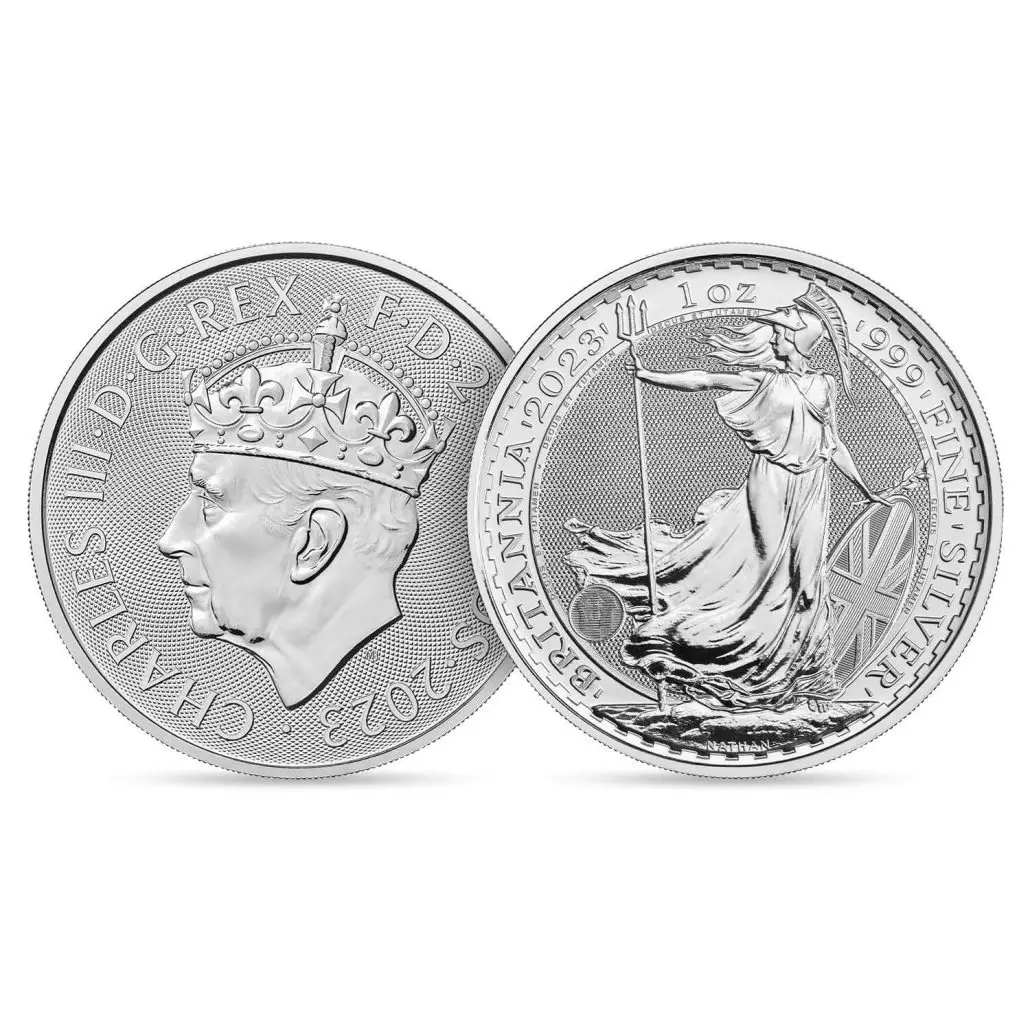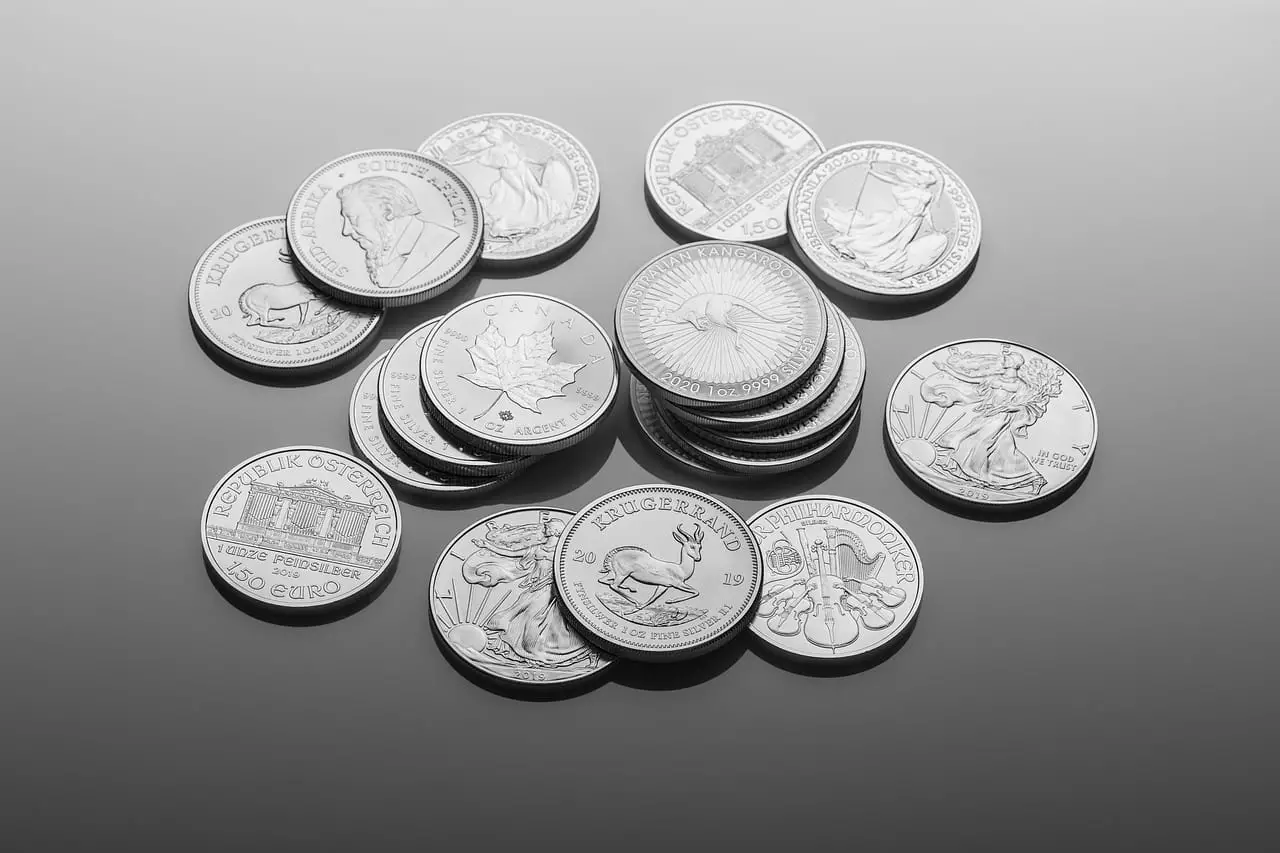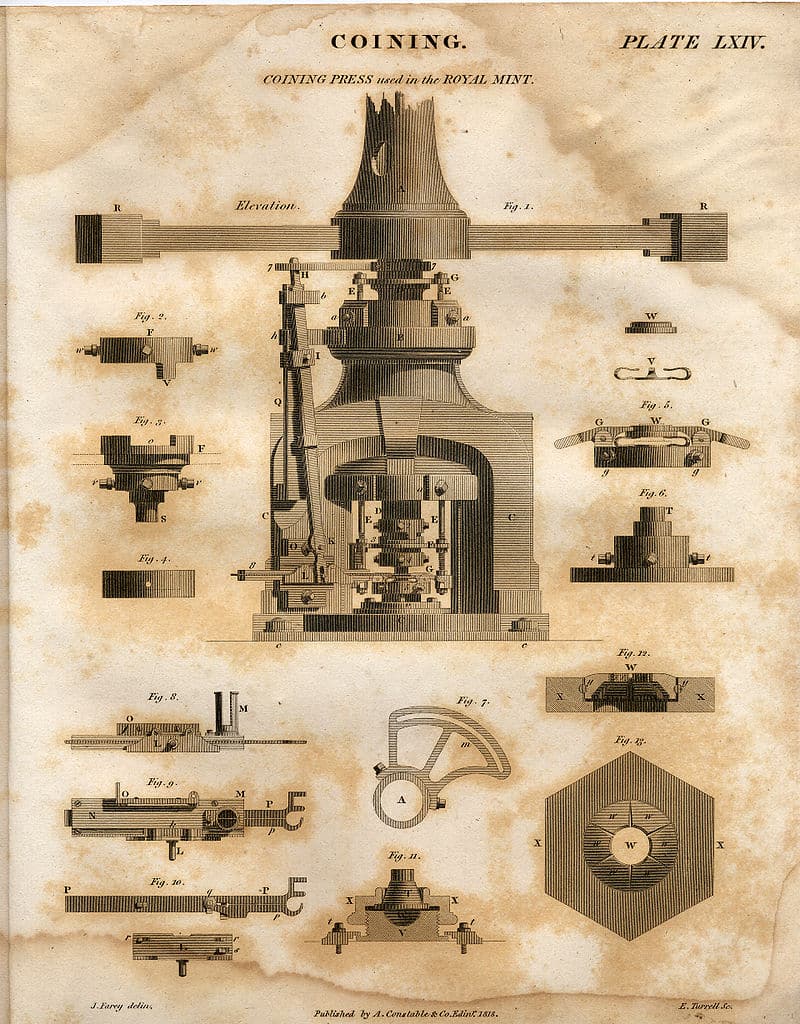For much of human civilization, coins have served as the primary form of currency. While paper money gained widespread use in the last two centuries, the process of minting coins has played a vital role in the progress and development of societies worldwide. From the ancient world to the modern era, coin minting has evolved from a slow and imprecise process to one capable of producing millions of identical coins using automated machinery.
The Birth of Coinage in the Ancient World
Coins, as we know them today, first emerged in the 7th century BCE in the kingdom of Lydia, modern-day Turkey. The idea of Coin Minting Process (coinage) quickly spread throughout the Mediterranean region, Europe, and even Ancient China.n the early days, people often cast coins in molds, but this technique has since become obsolete in modern minting.
Casting coins allowed for the complete formation of a coin in a single process. However, hammered coins, made by stamping a die onto a blank round using a hammer, required more time and labor. Hammering was particularly challenging for larger coins due to the additional striking force needed. Despite these challenges, coinage became critical in the Roman Empire, facilitating commerce along trade routes spanning the known world. The Romans widely employed the casting method, suitable for their larger denominations and frequent redesigns to commemorate military victories and Roman leaders.
Minting Advances in Antiquity and the Middle Ages
Throughout antiquity and into the Middle Ages, variations of the hammering and casting methods remained the norm, with some gradual improvements. In medieval times, rounds were produced by hammering large quantities of metal into thin sheets, which were then cut into coins. Refinements in the striking process also led to increasing uniformity in coin design.
As the Middle Ages drew to a close, numerous technological advances revolutionized various aspects of daily life. Among these advancements was the development of the screw press system for creating milled coinage. Starting in 1551 CE, the screw press gradually replaced the hammer, allowing for the uniform distribution of pressure between the reverse and obverse sides of a coin. This system enabled the simultaneous striking of both sides of a coin for the first time in history.
During this era, measures were also taken to combat counterfeiting and manipulation of coinage. Adding text to the edge of a coin, combined with the more precise striking made possible by the screw press, made it difficult to produce passable fakes. Additionally, Sir Isaac Newton, during his tenure as the Warden of the Royal Mint in the late 17th century, introduced milled ridges to coins. These ridges made it easier to identify coins that had been clipped, a practice where small amounts of metal were removed from the edges for resale.
The Rise of Modern Minting
In the late 18th and early 19th centuries, steam-powered technology, specifically steam presses, replaced screw presses, increasing the capacity of minting operations. Industrialization took hold, with German engineer Dietrich Uhlhorn manufacturing steam presses sold to mints worldwide. This period marked the near-complete evolution of the minting process from its primitive origins.
In the early 20th century, electricity replaced steam power in various industries, including minting. Electric presses, combined with electrically-powered feeding belts, automated the once labor-intensive minting process. This system is still in use today, accounting for almost all of the world’s coinage production.

The Importance of Minting
The history of minting holds economic and technological significance. Mints reflect the highest available technology in the societies that construct them, from ancient castings to the integration of electric power. Coinage, on the other hand, has played a crucial role in the development of economic and monetary environments that facilitate modern enterprise.
As we look towards the future of minting technology, Provident Metals eagerly anticipates further advancements. In the meantime, consider owning a piece of history by purchasing popular gold and silver coins.

